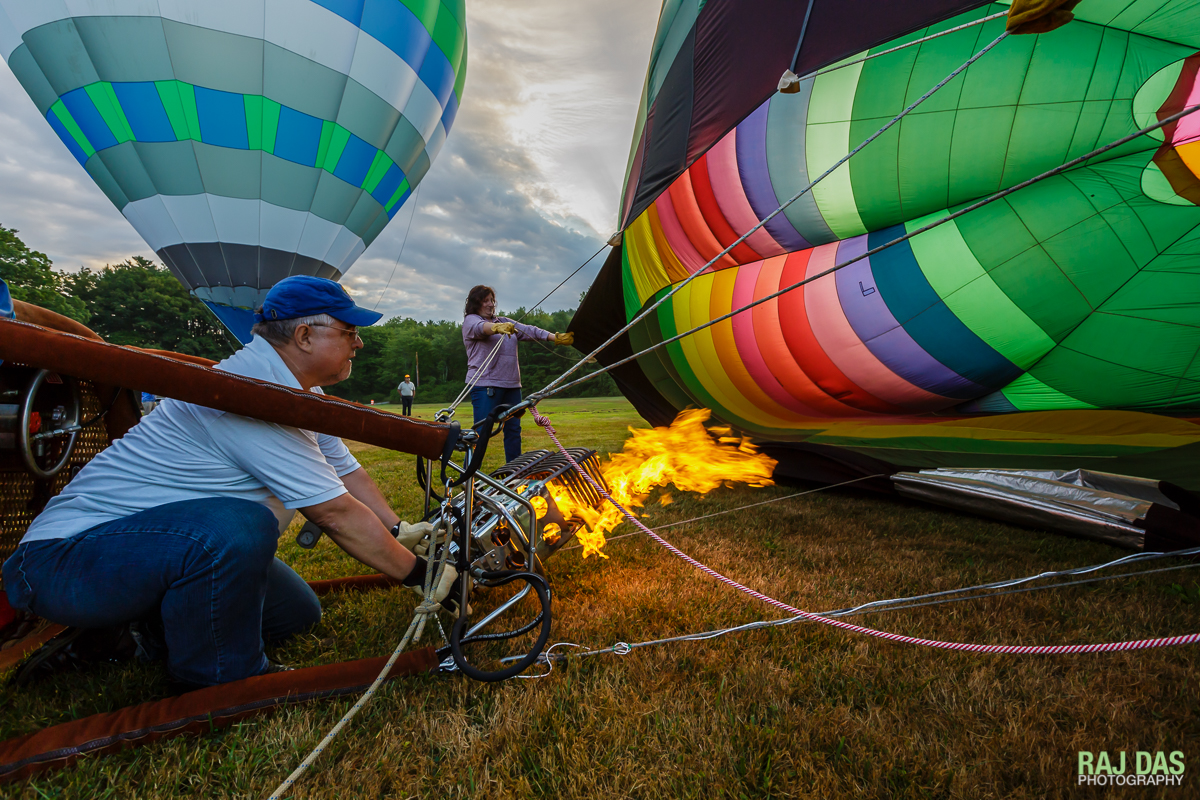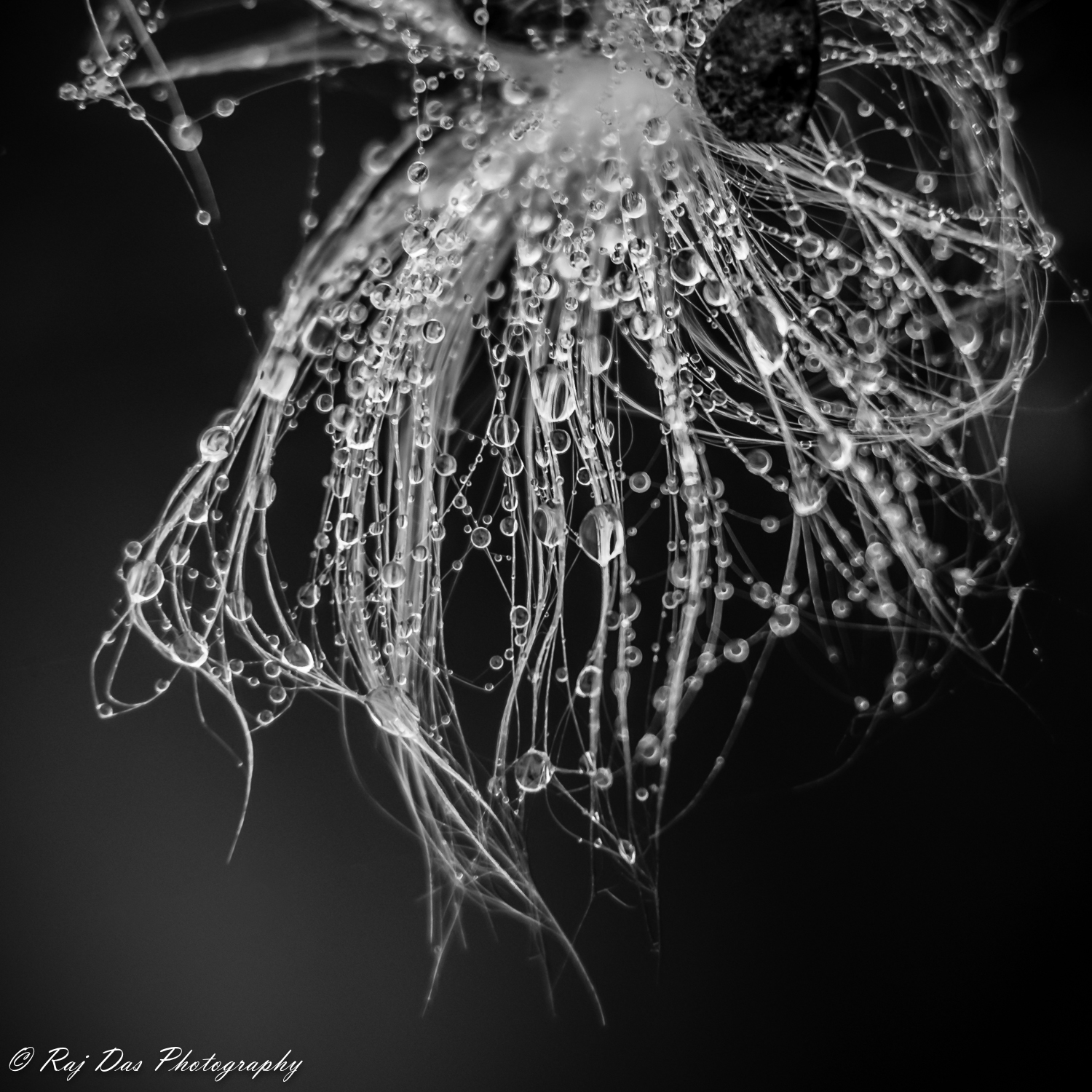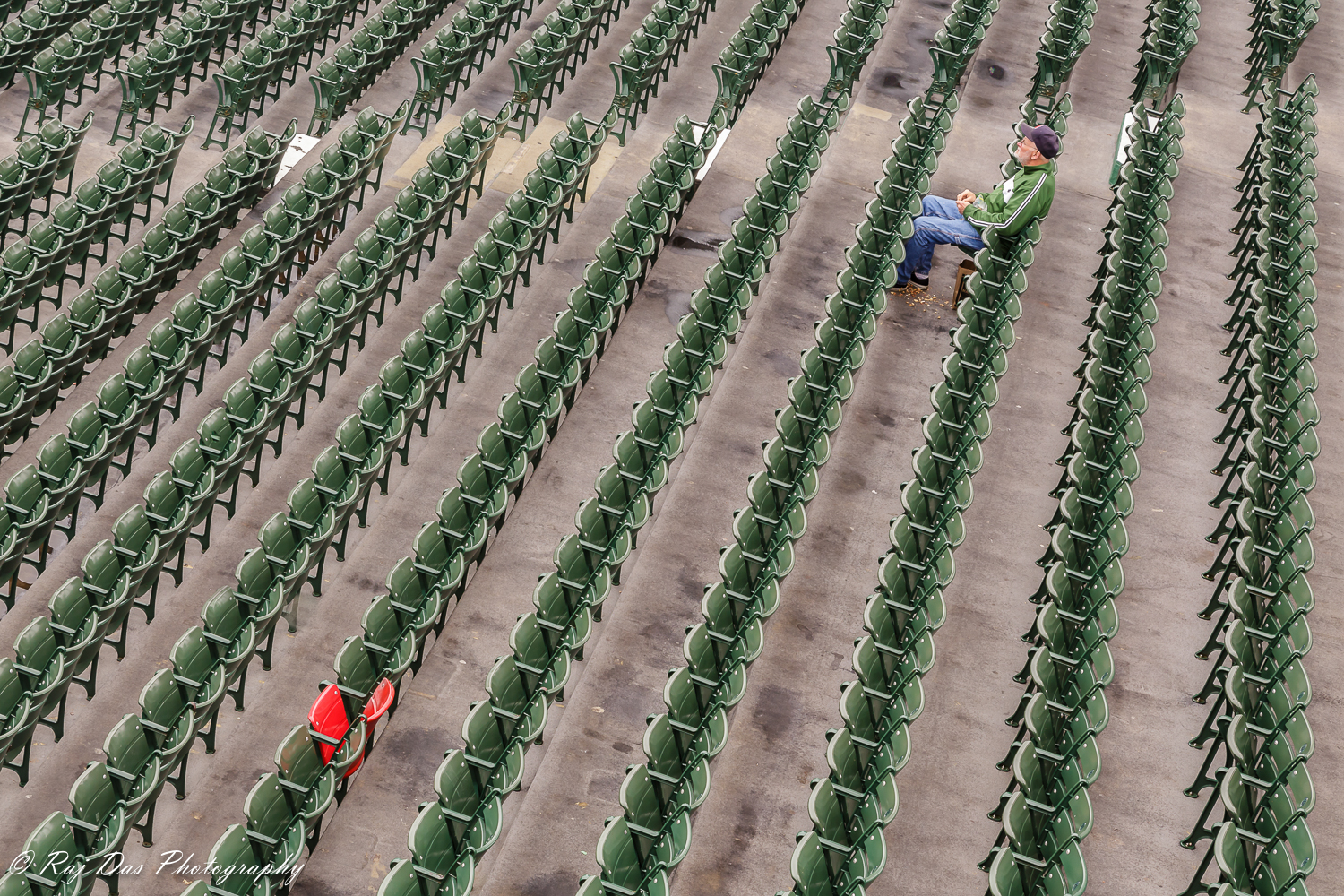In my architectural photography work, I often make images where I use techniques and styles that occupy opposite ends of the spectrum. Some images are made hand-held with fast shutter speeds and in bright sunlight. Others are shot at dusk and require a tripod and a neutral density filter to further reduce the amount of light to allow for very long exposures and shutter speeds of 60 seconds or more.
Below are two architectural photographs from some recent personal work that cover the two extremes of the kind of images I like to make. One is an interior shot in bright daylight with a mother and child in the image to provide a sense of place and scale. Since I was hand holding the camera and there was movement of people all around, I had to make the image quickly with a shutter speed of 1/500th of a second. I framed the image such that only the mother and child are visible within the frame.
The other image is a long exposure dusk shot with vehicle trails but no people in sight. To get multiple vehicle trails I needed a long exposure of 60 seconds or more. To be able to expose for that long without blowing out the details in the lit portions of the building I had to use a neutral density filter to cut down the amount of light hitting my camera's sensor.
A mother and child taking a break in the Shapiro Family Courtyard of the new east wing of the Museum of Fine Arts, Boston. The new wing designed by Norman Foster + Partners opened in 2010
Vehicles create trails as they whiz past the Christa McAuliffe Branch of the Framingham Library at dusk. The new building designed by Finegold Alexander Architects opened in 2016




































































































































